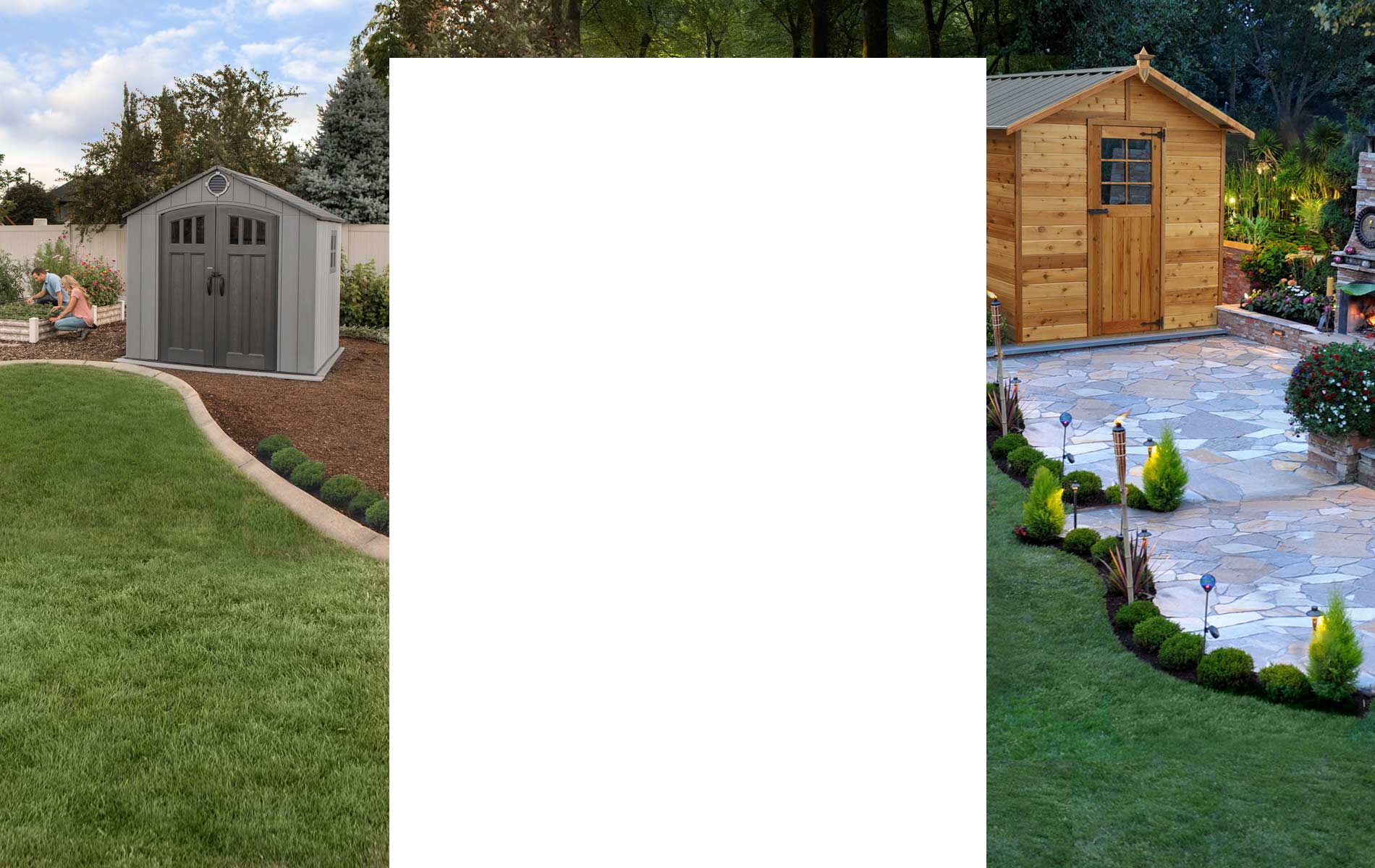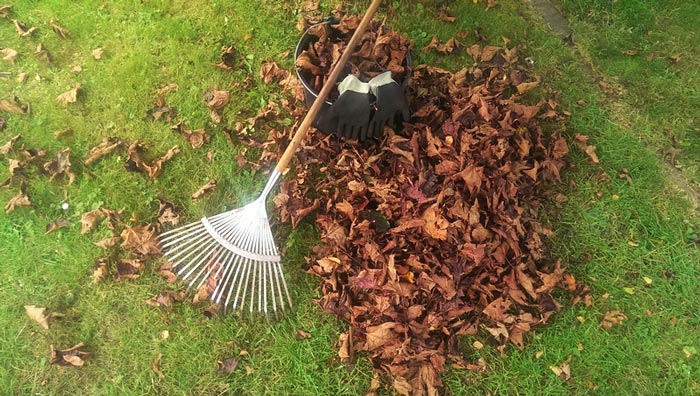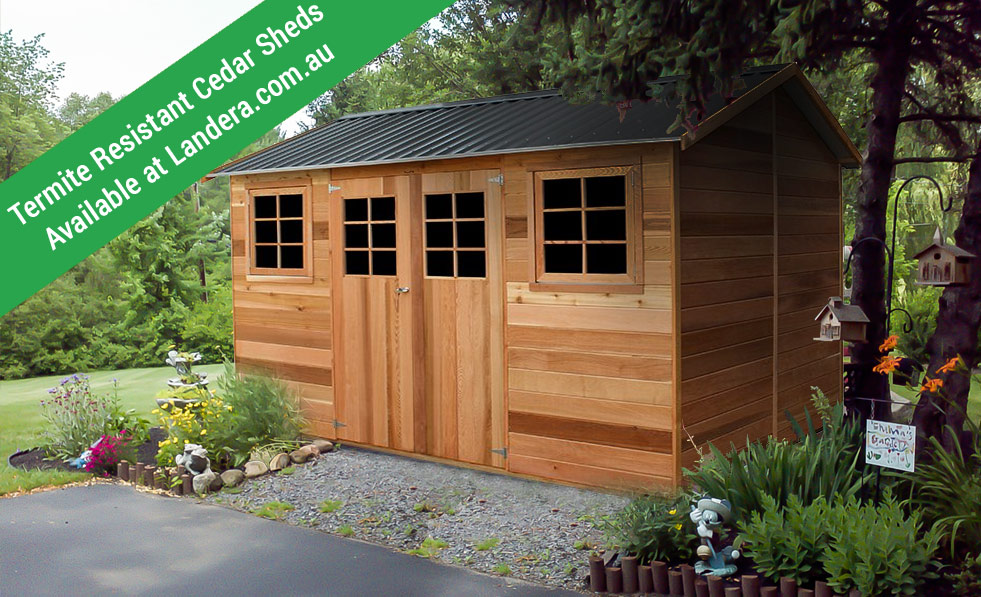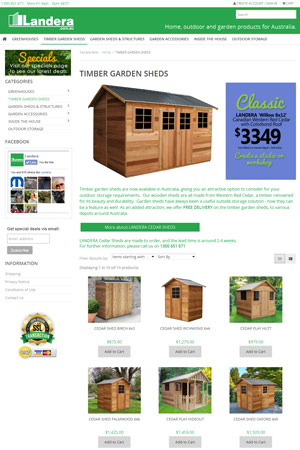
Did you know leaves can have twice the mineral content of Manure?!
Don’t we love the rich warm colours of the autumn leaves at this time of year? But as we head into winter, those leaves can pile up thickly on the ground and turn into a brown slushy mess. That’s okay if it isn’t a walking area for people, but leaf litter on paths and driveways not only looks unsightly but it could cause people to slip and fall.
So what to do with all those leaves? Throw them in the rubbish bin as many do….??
Please don’t! Some may see leaves over their garden as a nuisance and an extra job that they just don’t have time for. But I hope that you will think differently once you realise just how good they really are.
The deciduous (trees that lose their leaves in winter) leaves of most trees have twice the mineral content of manure. They also improve aeration and water drainage/holding capacity of the soil. With lots of beneficial microbes, they make your soil active.
Leaves contain lots of trace elements that your soil needs, such as calcium, magnesium, potassium and phosphorus. Trees are fantastic mining machines, bringing the elements/minerals from their extensive root base right up and into the leaves. It’s estimated that 50-80% of these nutrients end up in the leaves – then, once composted, goes into your soil.
So, how do we make compost using leaves?
Leaves are considered as carbon ‘browns’ in composting circles. To get a quicker decomposition you need to add nitrogen ‘greens’ to the mix. The ratio is about 2 parts leaves (browns) to one part ‘greens’. ‘Greens’ could be kitchen waste or grass clippings. And the finer you chop or shred – the quicker the heap will break down. Chopping and mixing leaves and green ingredients will speed decomposition by four times compared to a whole leaves only pile. A good way to prepare this quickly, is to run your lawnmower over your lawn and leaves. Then it is chopped and already mixed! Five parts leaves to one part manure will get your compost moving 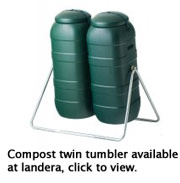 as well.
as well.
To aid faster decomposition and avoid matting, frequent turning of the leaf compost is a must. This is where tumbling composters make life a little easier. At Landera we sell compost tumblers and the other enclosed, standing unit composters.
Ideally, enclosed composters should be used because they retain the moisture from the materials being composted. They deter pests such as rodents, possums and the dog! It also helps speed up the composting process.
So, the benefit to you is: while you are preparing compost to improve your soil – you are reaping the rewards of exercise (raking and mowing) and getting some sunshine (Vitamin D), so both you and your garden will benefit.
Please visit the compost section of our website to view our composter range.
